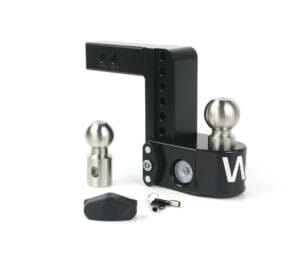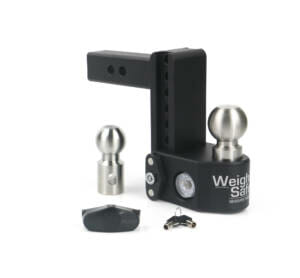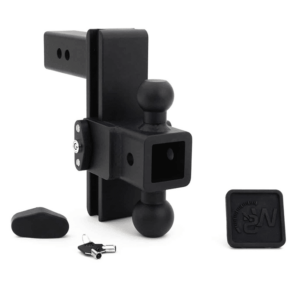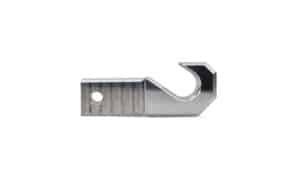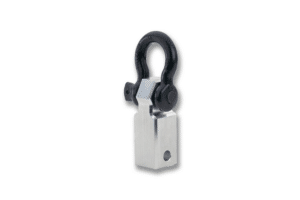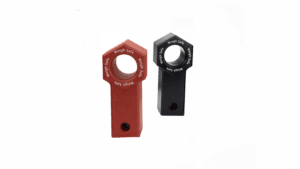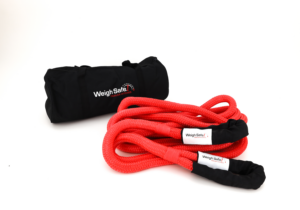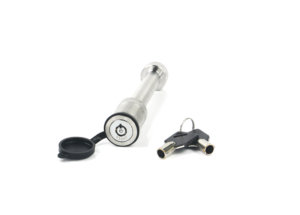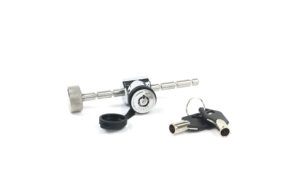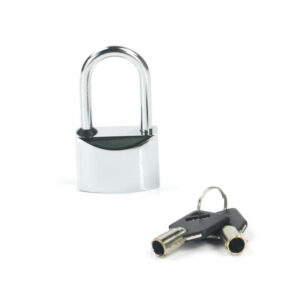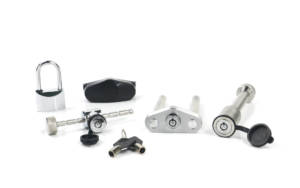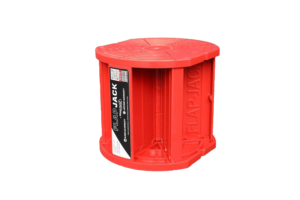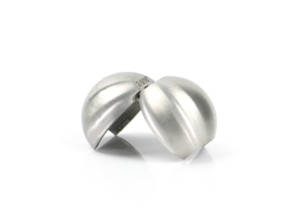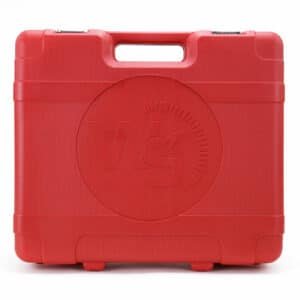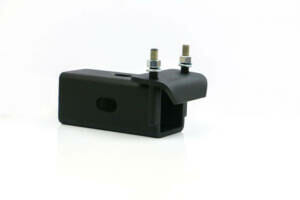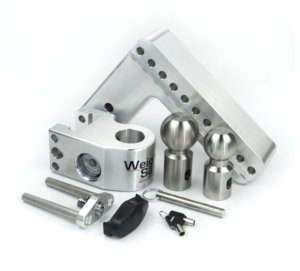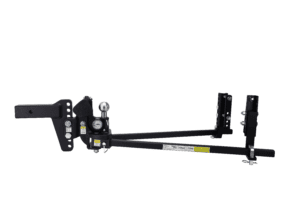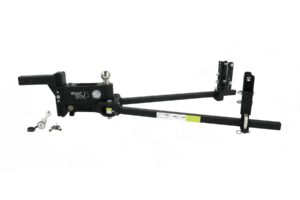Towing Education
How to Tow a Motorcycle: A Comprehensive Guide
Towing a motorcycle might seem daunting, but with the right equipment and knowledge, you can transport your bike safely and efficiently. Whether you need to tow it for maintenance, after a breakdown, or to a distant rally, this guide will walk you through the essential steps and tips for towing a motorcycle.
1. Choose the Right Towing Method
There are several ways to tow a motorcycle, and the best method depends on your equipment, distance, and personal preference. Here are the most common methods:
a. Motorcycle Trailer
A motorcycle trailer is one of the safest and most secure methods. These trailers are designed specifically for transporting bikes and usually come with tie-down points and ramps.
b. Tow Dolly
A tow dolly lifts the front wheel of the motorcycle off the ground, leaving the rear wheel on the road. This method is suitable for shorter distances and lighter bikes.
c. Flatbed Truck
Using a flatbed truck is another secure way to tow a motorcycle, especially for longer distances. The motorcycle is loaded onto the truck bed and secured with straps.
d. Hitch Carrier
A hitch carrier is a platform attached to the hitch of a vehicle. It’s a good option for smaller motorcycles and scooters, but it requires a vehicle with a strong enough hitch.
2. Gather Necessary Equipment
Before you start, ensure you have all the required equipment:
- Ramp: To load the motorcycle onto the trailer, truck, or carrier.
- Tie-down Straps: Heavy-duty ratchet straps or cam buckle straps to secure the bike.
- Wheel Chock: To stabilize the front wheel.
- Soft Loops: To protect the motorcycle’s finish from strap abrasions.
- Gloves: To protect your hands while handling straps and loading the bike.

3. Preparing the Motorcycle
Properly preparing your motorcycle is crucial to avoid damage during transport.
a. Check Tire Pressure
Ensure that your motorcycle’s tires are inflated to the recommended pressure. This helps in stabilizing the bike during towing.
b. Secure Loose Parts
Remove or securely fasten any loose parts or accessories. Items like saddlebags, windshields, and mirrors should be properly tightened or removed to prevent damage.
c. Lock the Handlebars
Locking the handlebars in place will help keep the motorcycle stable while loading and towing.
4. Loading the Motorcycle
a. Position the Ramp
Align the ramp with the trailer, dolly, truck bed, or hitch carrier. Ensure it is securely fastened and will not shift during loading.
b. Push or Ride the Motorcycle Up the Ramp
If possible, have an assistant help you push the motorcycle up the ramp. If you need to ride it up, do so slowly and carefully.
c. Use the Wheel Chock
Once the motorcycle is on the trailer or truck bed, position the front wheel in the wheel chock to stabilize the bike.
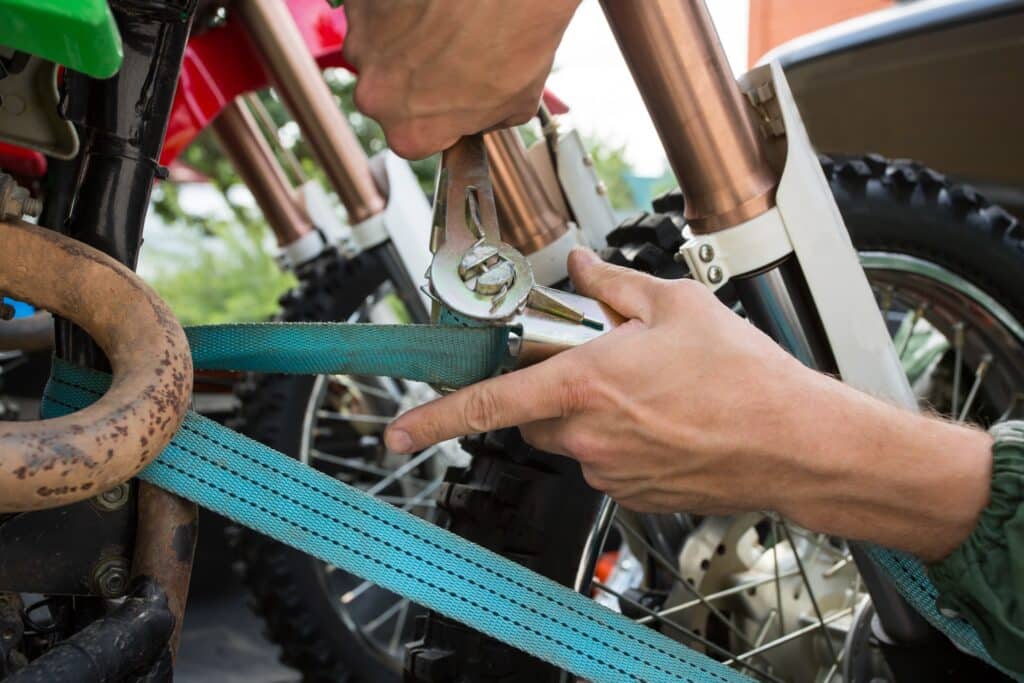
5. Securing the Motorcycle
a. Attach the Soft Loops
Loop soft loops around the motorcycle’s frame or other solid parts. These loops will serve as attachment points for the tie-down straps and help protect the bike’s finish.
b. Fasten the Tie-Down Straps
Attach the tie-down straps to the soft loops and secure them to the trailer or truck bed. Use a minimum of four straps: two at the front and two at the rear. Tighten the straps evenly to ensure the motorcycle remains upright and balanced.
c. Check for Stability
After securing the motorcycle, shake it gently to ensure it does not shift. The bike should be firmly in place and not wobble or move.
6. Towing the Motorcycle
a. Drive Smoothly
When towing, drive carefully and avoid sudden stops or sharp turns. Gradual acceleration and braking will help keep the motorcycle stable.
b. Monitor the Load
Periodically check the motorcycle and straps during the journey to ensure everything remains secure.
c. Be Aware of Height and Length
Remember that your vehicle is now longer and taller (if using a flatbed or hitch carrier). Be cautious when navigating underpasses, parking garages, and tight spaces.
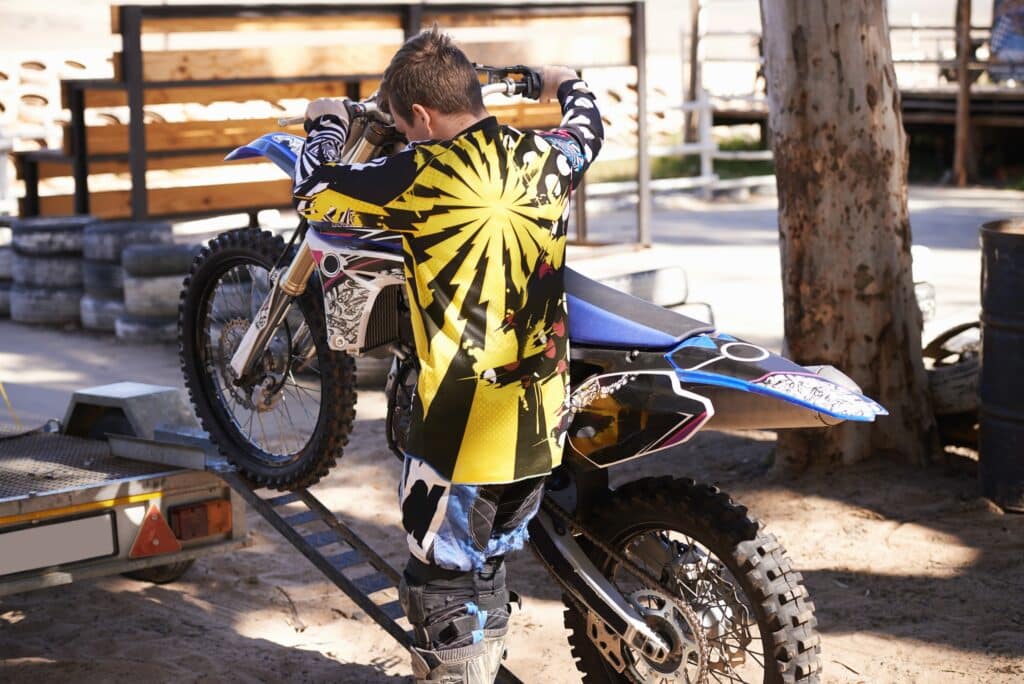
7. Unloading the Motorcycle
a. Position the Ramp
Align the ramp with the trailer, truck bed, or carrier and ensure it is securely in place.
b. Release the Straps
Carefully remove the tie-down straps and soft loops.
c. Unload the Motorcycle
Gently push the motorcycle down the ramp, with assistance if possible. Take your time to avoid any mishaps.
Conclusion
Towing a motorcycle requires careful planning and the right equipment, but by following these steps, you can ensure a safe and smooth transport. Always prioritize safety, both for yourself and your motorcycle, and don’t hesitate to ask for assistance if needed. Happy towing!


